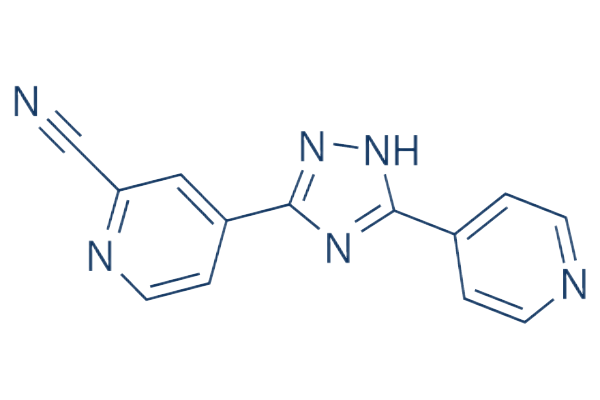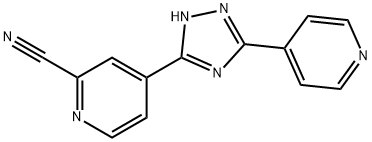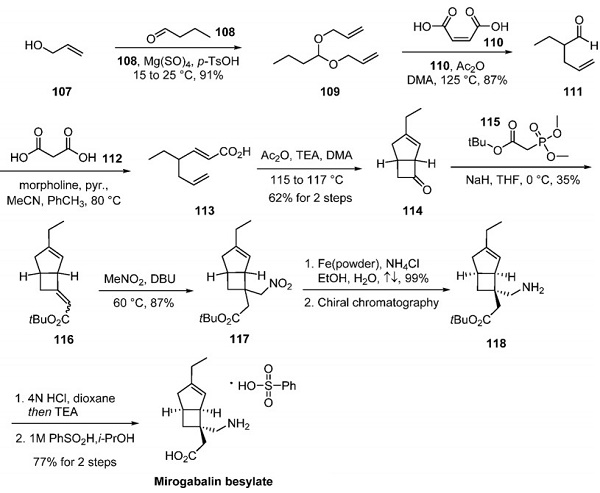Inhibitory effect of topiramasta on neuropathy in db/db mice
Topiroxostat, a selective xanthine oxidoreductase inhibitor, is used in Japan for the treatment of hyperuricemic patients with or without gout. Inflammation and oxidative stress contribute to the pathophysiology of diabetic neuropathy. According to recent evidence, the modulation of macrophage polarization in peripheral nerves represents a potential therapeutic target for diabetic neuropathy. Xanthine oxidase, which is a form of xanthin oxidoreductase, is the rate-limiting enzyme that catalyzes the degradation of hypoxanthine and xanthine into uric acid. Activation of xanthine oxidase promotes oxidative stress and macrophage activation. A preclinical study reported the beneficial effects of xanthine oxidase inhibitors on peripheral nerve dysfunction in experimental models of diabetes.

we examined the effect of the xanthine oxidase inhibitor topiroxostat on macrophage polarization and peripheral neuropathy in an obese diabetic model, db/db mice. First, the effects of xanthine oxidase inhibitors on cultured macrophages and dorsal root ganglion neurons exposed to xanthine oxidase were assessed. Furthermore, five-week-old db/db mice were administered the xanthine oxidase inhibitors topiroxostat [1 mg/kg/day (dbT1) or 2 mg/kg/day (dbT2)] or febuxostat [1 mg/kg (dbF)]. Glucose metabolism and body weight were evaluated during the experimental period. At 4 and 8 weeks of treatment, peripheral nerve functions such as nerve conduction velocities, thermal thresholds and pathology of skin and sciatic nerves were evaluated. The mRNA expression of molecules related to inflammation and oxidative stress was also measured in sciatic nerves. Untreated db/db mice and the nondiabetic db strain (db/m) were studied for comparison.
An in vitro study showed that topiroxostat suppressed macrophage activation and proinflammatory but not anti-inflammatory polarization, and prevented the reduction in neurite outgrowth from neurons exposed to xanthine oxidase. Neuropathic changes exemplified by delayed nerve conduction and reduced intraepidermal nerve fiber density developed in db/db mice. These deficits were significantly prevented in the treated group, most potently in dbT2. Protective effects were associated with the suppression of macrophage infiltration, cytokine expression, and oxidative stress in the sciatic nerve and decreased plasma xanthine oxidoreductase activity. Our results revealed the beneficial effects of the xanthine oxidase inhibitor topiroxostat on neuropathy development in a mouse model of type 2 diabetes. The suppression of proinflammatory macrophage activation and oxidative stress-induced damage were suggested to be involved in this process.
References:
[1] KAZUHISA TAKAHASHI . Inhibitory effects of xanthine oxidase inhibitor, topiroxostat, on development of neuropathy in db/db mice[J]. Neurobiology of Disease, 2021. DOI:10.1016/j.nbd.2021.105392.
You may like
See also
Lastest Price from Topiroxostat manufacturers

US $5.00-0.50/KG2025-06-11
- CAS:
- 577778-58-6
- Min. Order:
- 0.10000000149011612KG
- Purity:
- 99% hplc
- Supply Ability:
- 5000kg

US $5.00-0.50/KG2025-06-05
- CAS:
- 577778-58-6
- Min. Order:
- 1KG
- Purity:
- 99% hplc
- Supply Ability:
- 500TONS


